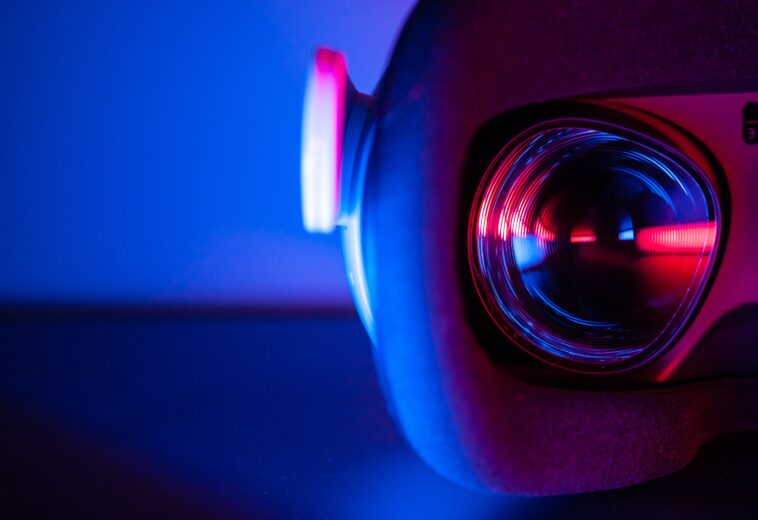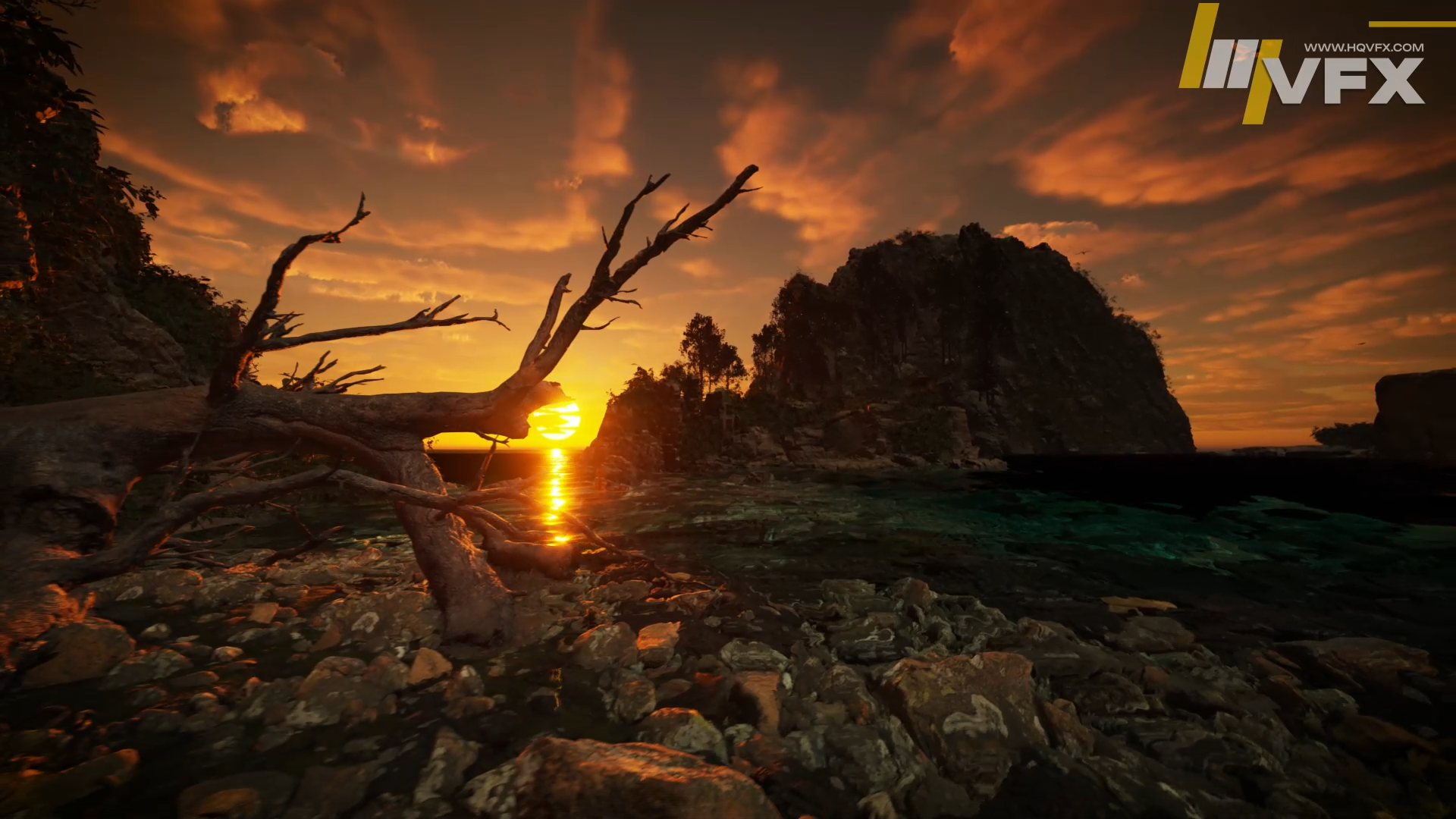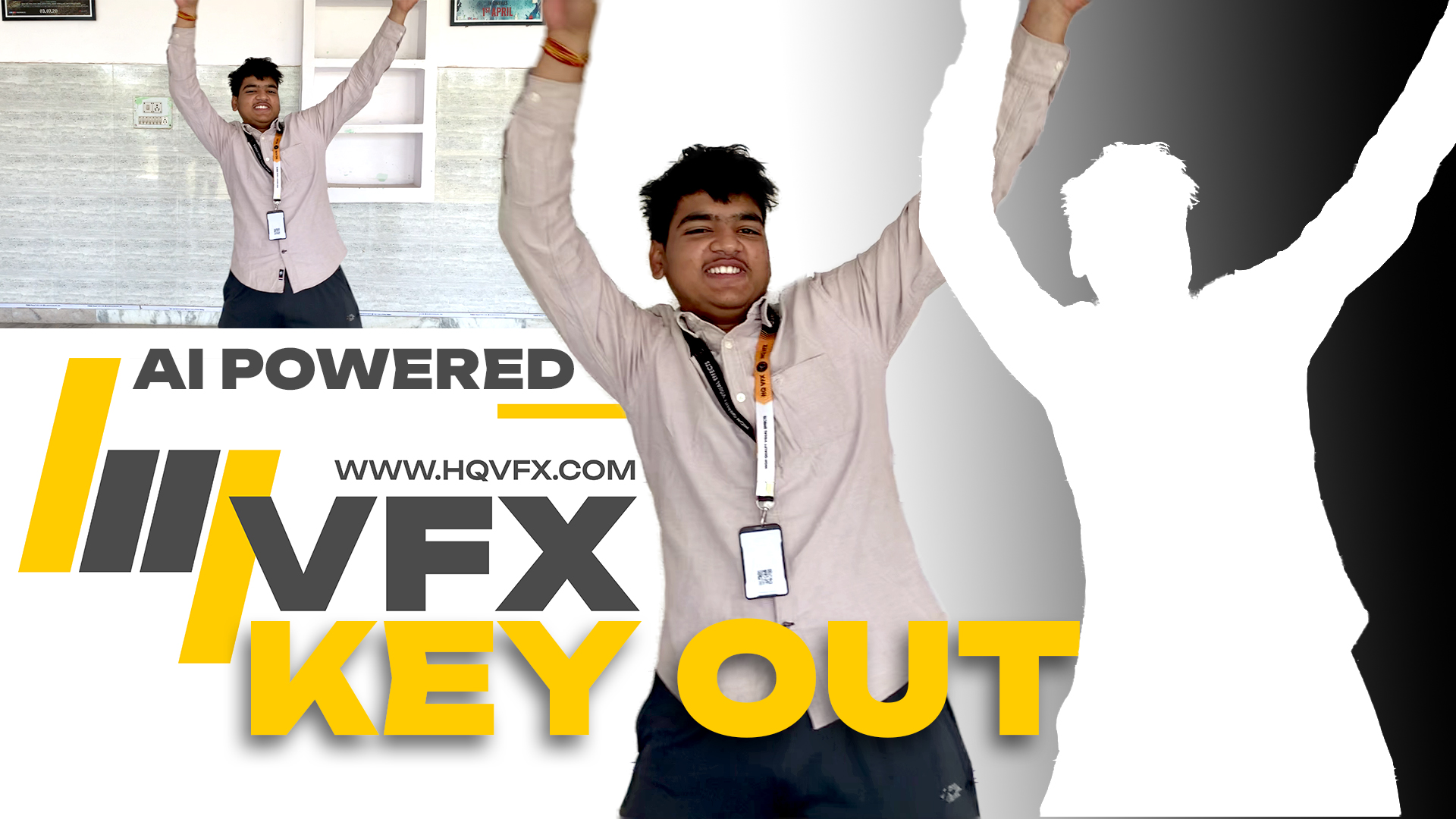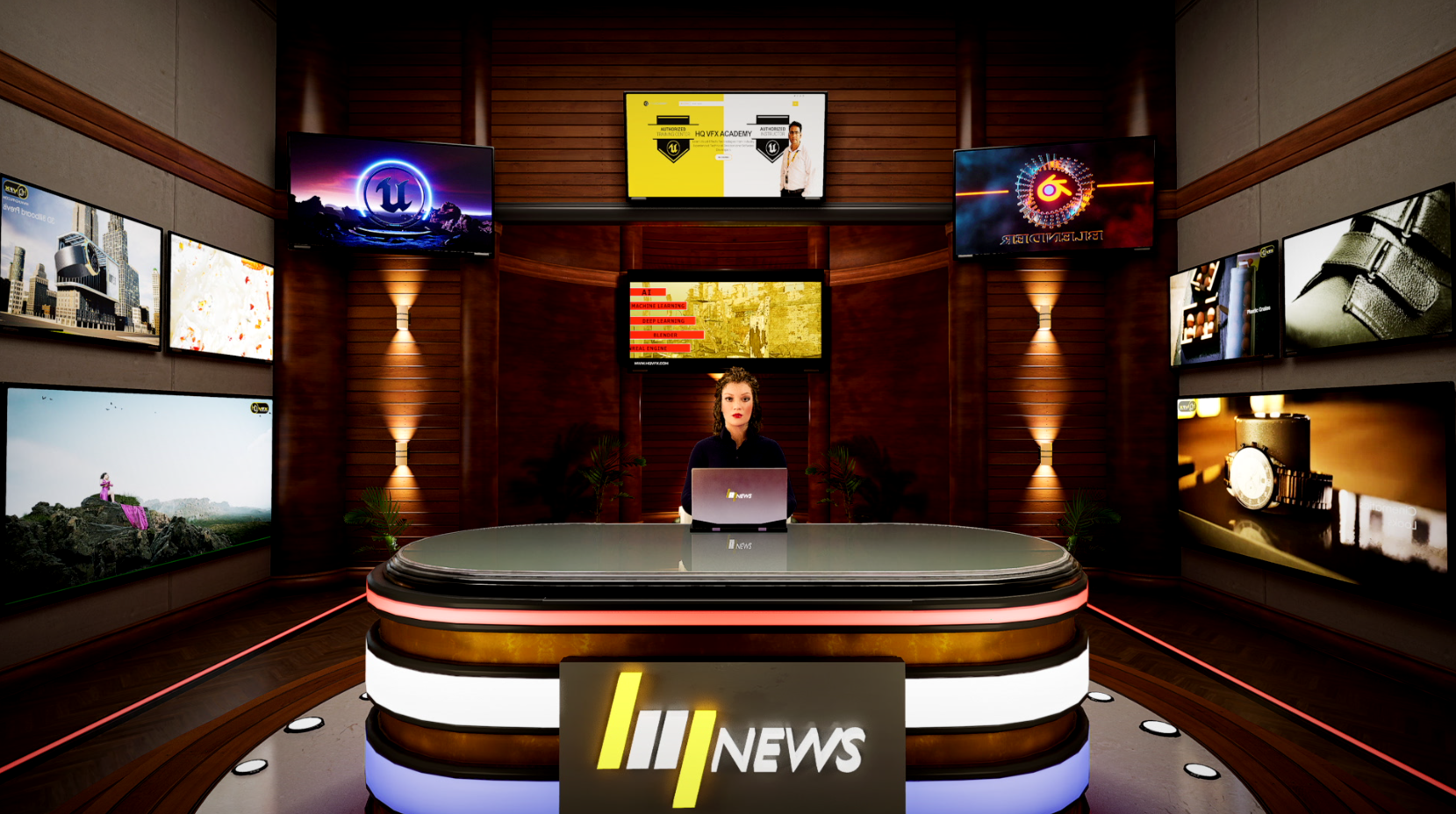Augmented Reality in VFX Production: Advantages and Applications
HQ VFX has integrated augmented reality (AR) technology into its VFX production workflow. By leveraging AR, HQ VFX can provide clients with realistic and immersive visual effects that blend seamlessly with the physical environment. This technology enables the VFX team at HQ VFX to see how their virtual elements will interact with the physical environment, making it easier to plan shots, adjust lighting, and create realistic composites. Furthermore, AR allows HQ VFX to create interactive experiences for clients and audiences, enhancing their overall experience and delivering memorable results. By incorporating AR into their workflow, HQ VFX is at the forefront of the VFX industry, using the latest technology to create stunning visual effects that exceed their clients’ expectations.
Augmented reality (AR) has become a game-changer in the world of visual effects (VFX) production. It is a technology that superimposes computer-generated images on the real world, creating a seamless blend of virtual and physical environments. In this article, we will explore how AR is used in VFX production and its advantages.
Pre-visualization
AR is an essential tool for pre-visualization in VFX production. It allows VFX artists to visualize and plan their shots in real-time, enabling them to make informed decisions about camera placement, lighting, and other key elements. With AR, VFX artists can see how their virtual elements will interact with the physical environment, ensuring that they get the shot they want without costly reshoots.
Real-time Compositing
AR can also be used for real-time compositing, a process that involves blending live-action footage with computer-generated imagery in real-time. This allows VFX artists to see how their virtual elements will look in the final shot, ensuring that they match the lighting and shadows of the physical environment. This technology is especially useful for live events and broadcasts, where there is no time for post-production.
Interactive Experiences
AR is also an excellent tool for creating interactive experiences for audiences. VFX artists can use AR to create immersive environments that allow audiences to interact with virtual elements in real-time. This technology has been used in various applications, such as theme parks, museums, and exhibitions, to create unique and memorable experiences for visitors.
In conclusion, AR has become an essential tool in VFX production. Its ability to blend virtual and physical environments seamlessly, enable real-time compositing, and create interactive experiences makes it an ideal choice for VFX artists. With the continued development of AR technology, we can expect to see more groundbreaking applications of this technology in VFX production in the future.
- 423 views





